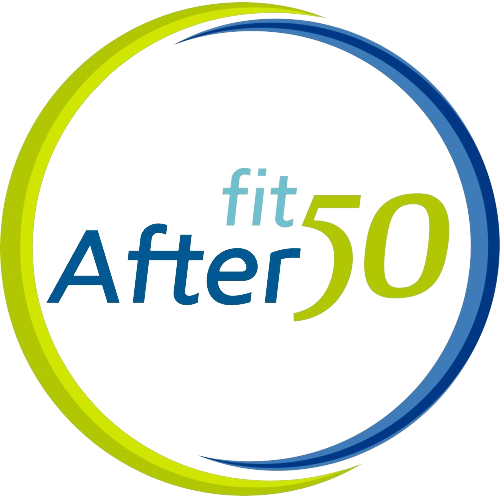What is Zumba?
Zumba is a type of dance workout that involves various forms of Latin dances such as Salsa, Rumba, and Merengue (Luettgen, Foster, Doberstein, Mikat, & Porcari, 2012). A typical session may last between 30 and 60 minutes. The classes feature songs and music from a large array of cultures and languages, such as English, Spanish, Indian, and many more.
The different types of Zumba sessions are categorized according to their target age groups or exercise intensity. For instance, Zumba Kids is for children, Zumba Gold features low-intensity exercises for beginners and older adults, while strong by Zumba incorporates high intensity interval training that are more challenging. Other than land-based sessions, Aqua Zumba are classes that runs in shallow-water swimming pools. While this is not an exhaustive list of all the variations of Zumba classes, it still captures the diversity of Zumba classes that welcome participants from all walks of life.
How was Zumba founded?
In 1986, Alberto Perez, a former aerobics trainer, forgot to bring his aerobics music tapes to his class in Cali, Columbia (Navarro, 2008). Therefore, he decided to take some Latin music tapes from his car and improvise the dance moves (Navarro, 2008). The participants loved the Latin dances were reluctant to return to the original aerobics session (Navarro, 2008). In 1999, Perez founded Zumba in Miami with Alberto Perlman, the current chief executive of Zumba Fitness in Hollywood, Florida, and Alberto Aghion, who is also a Colombian (Navarro, 2008).
Why is Zumba so popular?
Unlike traditional fitness classes, Zumba puts less emphasis on technique and more on self-expression (Nieri & Hughes, 2016). That is, instructors will encourage participants to personalize moves that match their physical capabilities (Nieri & Hughes, 2016). As such, engaging in Zumba classes is liberating as it provides space for individuals to express themselves through movement, which helps to relieve stress (Nieri & Hughes, 2016).
Another feature of Zumba is that it prioritizes fun rather than work (Nieri & Hughes, 2016). Individuals, particularly women, often feel bored, lonely and stressed when partaking other fitness-related physical activity, such as running on a treadmill (Nieri & Hughes, 2016). Zumba, on the other hand, allows participants to enjoy working out (Nieri & Hughes, 2016).
Furthermore, Zumba provides an opportunity to improve on dance skills, which motivates participants to keep attending the classes (Nieri & Hughes, 2016). Learning Latin dance moves allow people to bust out some sweet moves in nightclubs (Nieri & Hughes, 2016).
While Zumba is open to all, most participants seem to be women. The reason is that Latin dances involves many sexual moves that are perceived to be more feminine (Nieri & Hughes, 2016). Therefore, women will find this as an advantage over men in Zumba classes as women are better at expressing themselves in dance (Neiri & Hughes, 2016).
What are the benefits of Zumba?
As a type of cardio workout, Zumba can improve one’s aerobic capacity and cardiovascular fitness (Luettgen et al., 2012), which is associated with reduced risk of obesity and type 2 diabetes (Krishnan et al., 2015). Dancing can also enhance coordination and strength (Nieri & Hughes, 2016). Other than physical health benefits, Zumba also helps to promote mental well being as it helps participants to develop intrinsic motivation to exercise (Krishnan et al., 2015). This means that rather than engaging in physical activity for enhancing physical appearance or losing weight, having fun in Zumba classes encourage participants to exercise and experience the joy of doing so.
In a nutshell, Zumba is a group dance class that helps individuals to have fun while participating in physical activity. This is not to say that everyone should attend Zumba classes; there are so many activities that we can have fun while doing. It’s up to us to explore them!
Want to know more about Zumba? In the next blog, I will discuss Zumba Gold and how it promotes health and wellbeing of older adults. Stay tuned!
